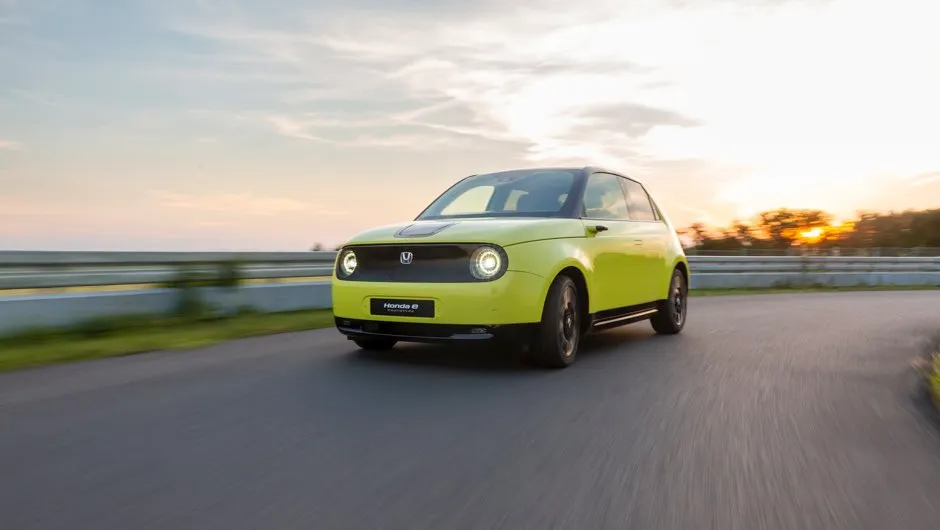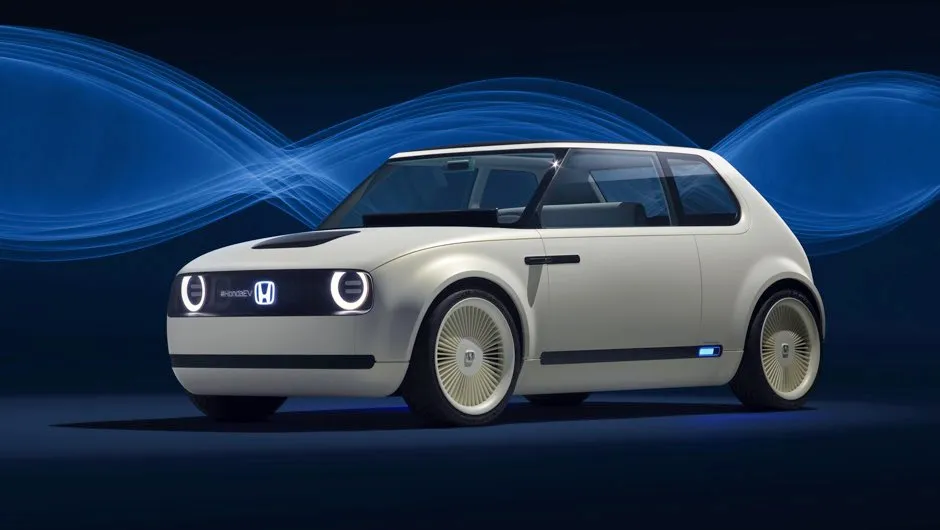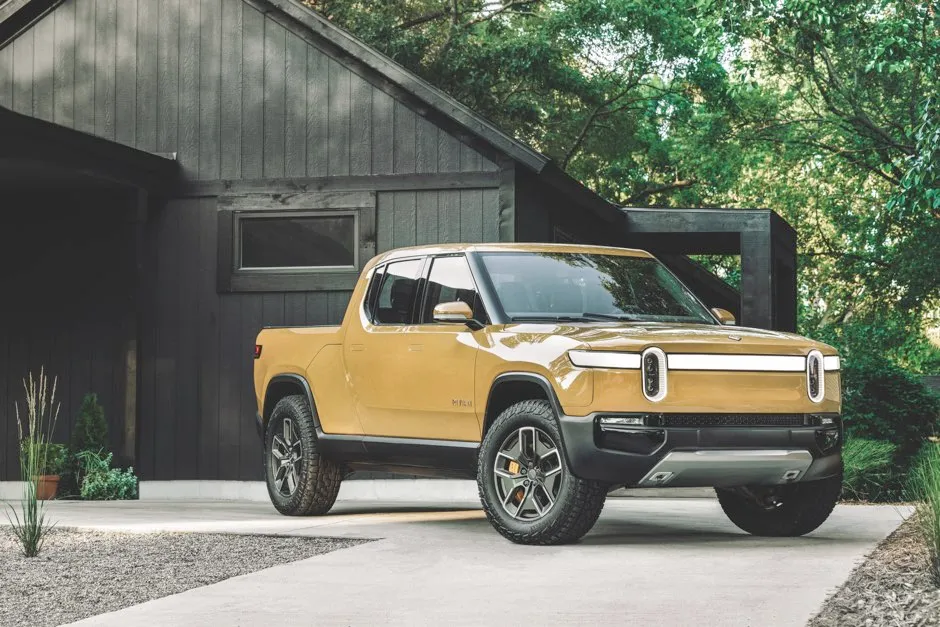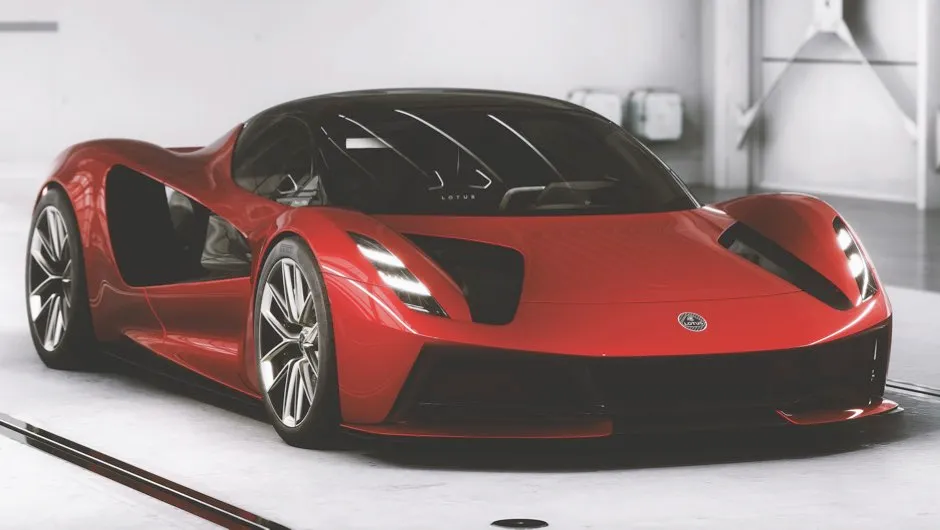What’s the deal?
When Honda revealed its Urban Concept car back in 2017, it was an instant hit. The design was an impeccable example of retro-futurism, with end-to-end touchscreens mounted onto faux wood in front of old-fashioned bench seats.
By some miracle, that original design survived its journey to the real world and we now have the rather cute Honda-e, Honda’s first proper electric car. It costs £26,160-£28,660, including the government grant.
How is it different from other electric vehicles (EVs)?
Let’s get this out of the way: the range is between 204 and 219km (127 to 136 miles), depending on the model. If you’ve experienced range anxiety, that figure will put you on edge. But with the average car journey clocking in at 12.5km (7.8 miles), there ought to be buyers for whom this won’t be a dealbreaker, especially those families who run two cars.
In theory, Honda has saved money and weight on the battery to improve the car elsewhere. In practice, it’s a trade-off that’s plain to see. The Honda-e is lightning quick, boasts a minute turning circle and has a brilliant tech package. It’s the perfect tool for traversing jammed city centres.
Read more about electric cars:
- New battery tech could help electric cars charge in just 10 minutes
- If every petrol or diesel car in the UK was replaced with an electric car, how many charging points would we need?
- Four zippy electric vehicles to power up your commute
What makes it so good?
Dozens of small but significant features add up to something special. Side mirrors have been replaced with cameras connected to small displays next to the car door.
The infotainment system is split into two: one side for the passenger, one for the driver, so you can choose your tunes without disrupting the sat-nav. The displays are fully customisable and there’s a virtual assistant on-board.
Rear-wheel drive and an electric drivetrain mean the front wheels are free to turn at a 50° angle, allowing for a 4.3-metre turning circle – that’s comparable to a London black cab. Pair that with the car’s 50:50 weight distribution and you have something that’s not far off a hot hatch, only the suspension’s been left spongy to soak up the potholes and speed bumps that litter city centres.
Parking is a breeze, but if you need help there’s an autonomous system that’ll do it for you. If you want to loan the car out to the kids, share a key via the Honda app, and geofence off an area to alert you if they go somewhere they shouldn’t.

Why should I care?
It seems likely that cities will impose more restrictions on vehicles to mitigate air pollution levels. Commuters who can’t rely on public transport will need viable options. So we need desirable electric cars to grow the industry.
Take a look at the iPhone. While Apple’s devices don’t always have the longest battery life or the most powerful equipment, it’s the way their products feel that draws customers to them. And ultimately, better EVs mean cleaner, quieter roads for the rest of us.

Other awesome EVs
1
Rivan R1T

Rivian wants to “keep the world adventurous” with its electric pick-up truck. When it arrives, it’ll offer 644km (400 miles) of range and around 750bhp plugged into all four wheels.
2
Lotus Evija

Okay, we’ll ignore the name, since Lotus says this hyper car will offer 1,972bhp. Production started this year, so expect to see one parked outside your local Tesco Express soon.
3
Ford Mustang Mach-E 1400

Ford’s racing division’s new electric car, the Mustang Mach-E, is a 1,400bhp monster, proving that it can be just as thrilling as the company’s fossil-fuel-powered racing cars.
